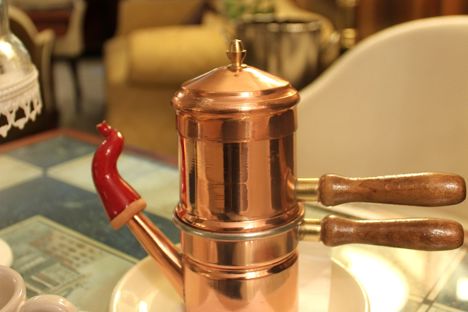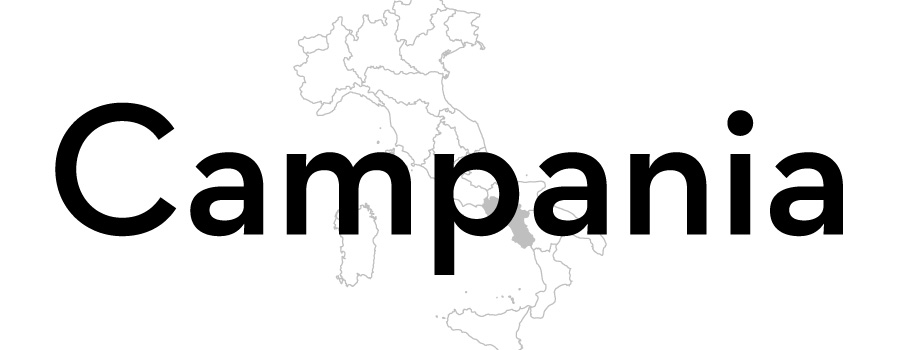
Discovering the cuccuma: Naples’ traditional coffee pot
Luciana Squadrilli introduces the Neapolitan cuccuma and lists the best places in Naples to experience it for yourself.
If you want to delve deeper into Naples' coffee traditions, there are still two things you need to know. The first is the cuccuma; the name given to the traditional Neapolitan coffee pot. Praised in the iconic Neapolitan playwright Eduardo de Filippo's dramas, it used to be the main feature of every Neapolitan house, a symbol of welcome and conviviality. The cuccuma involves a different kind of brewing and grinding, as it is based on a gravity-forced drip brew, unlike the traditional moka pot, which is based on pressure. It consists of three parts: a bottom section filled with water, a filter section filled with ground coffee (the finer it is, the more intense the result) and an upside-down pot with a downwards spout, initially placed on the top. When the water boils, the coffee maker is flipped over to let the water filter through the coffee grounds. Once the water has dripped through, the pot is served at the table with the spout upwards. During the dripping, the cuppetiello – a small cone, usually made with paper – is used to cover the spout's hole, to preserve the coffee's aroma.
Coffee made with the cuccuma is different from espresso and more similar to filter coffee, but it keeps the traditional intense aroma of Neapolitan coffee. Due to the longer preparation time, the cuccuma has often been replaced by the iconic moka, but in many Neapolitan houses the ritual is still observed. If you’re not lucky enough to receive an invitation for coffee from a local, you can enjoy a proper cuccuma at the elegant coffeehouse La Caffettiera in Piazza de' Martiri, where a beautiful old and artistic coffee pot collection can be admired.
Since 1982, the Gran Caffè La Caffettiera has represented Naples' coffee parlour. Here, the cuccuma is served in the elegant inner rooms with a beautiful copper pot and a twisted, red crock spout with a broken tip. To be successful in bringing good luck, the Neapolitan corno (a horn-shaped amulet) must be broken, accidentally or on purpose.
‘We want to recreate the rituals involved with Neapolitan coffee traditions,’ says Guglielmo Campajola, who owns La Caffettiera with his son Andrea. ‘We serve ours with a small scroll quoting the famous De Filippo's monologue about coffee, and with the iconic red spout. I like to see the cuccuma asthe coffee for those who care about each other, because it requires attention and sharing. Until the 1970s, every Neapolitan family used to end their big Sunday meal with coffee made using a huge cuccuma, which could serve ten or twelve people. Coffee was often bought as green beans, then roasted and ground at home according to one's preferences. Serving the cuccuma today is a tribute to Naples' history.’

